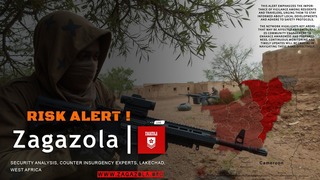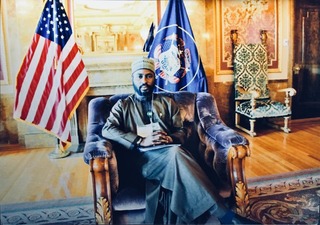Transcendental Leadership of Gov Dauda Lawal in Zamfara State: A Template for Impactful Governance
By Chidi Omeje
In the course of my work as a developmental journalist, I’ve traversed nearly every region in Nigeria, seeking to measure and document the true impact of leadership on the lives of everyday citizens. My visits are often revealing, sometimes sobering, and occasionally inspiring.
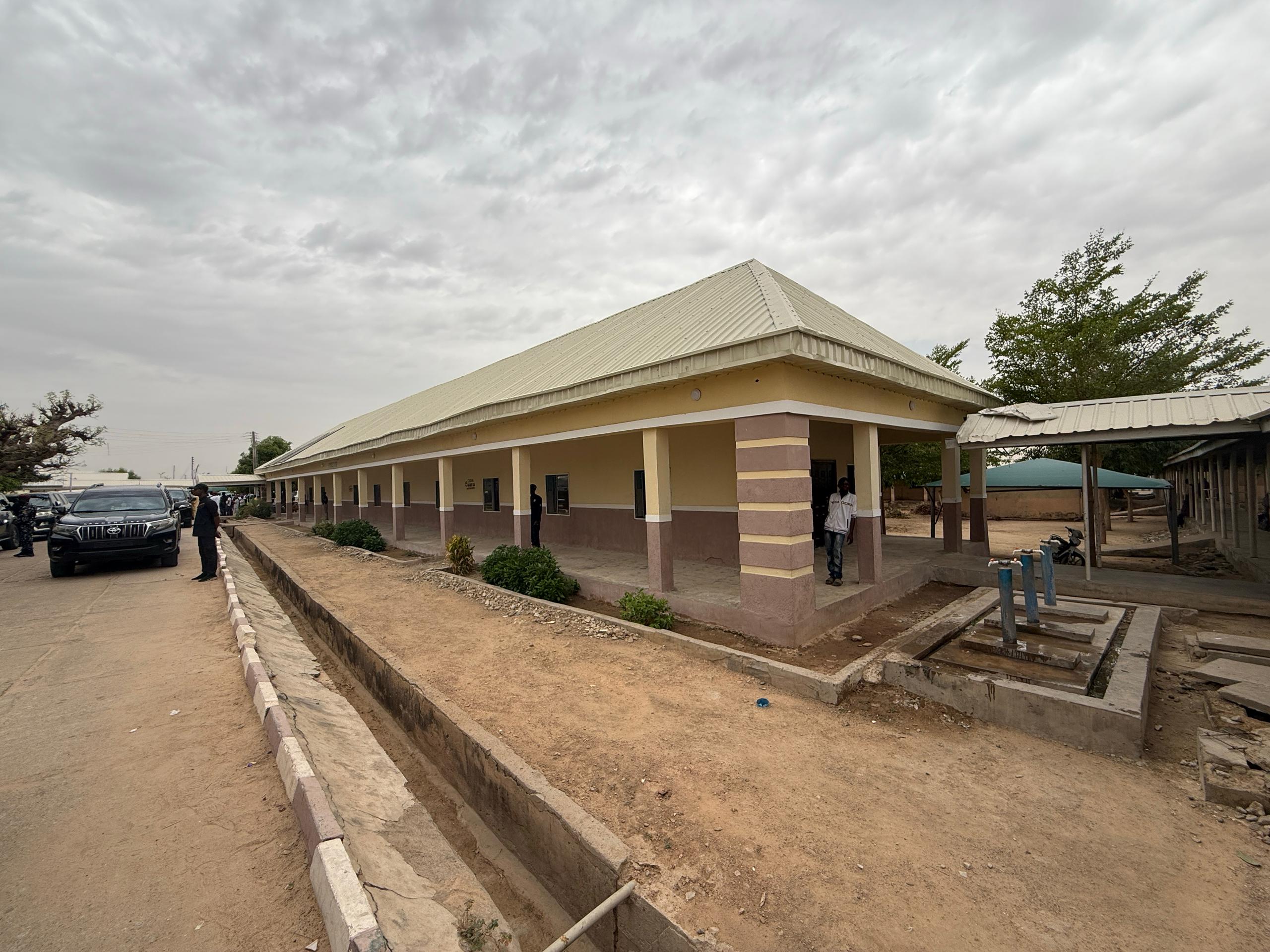
Back in 2022, I journeyed through the North West, Zamfara State included, on an assessment tour with development partners. What we encountered in Zamfara at the time was disheartening: a landscape of neglected priorities, where critical sectors such as healthcare, education, water access, and security were evidently pushed aside in favor of less impactful projects.
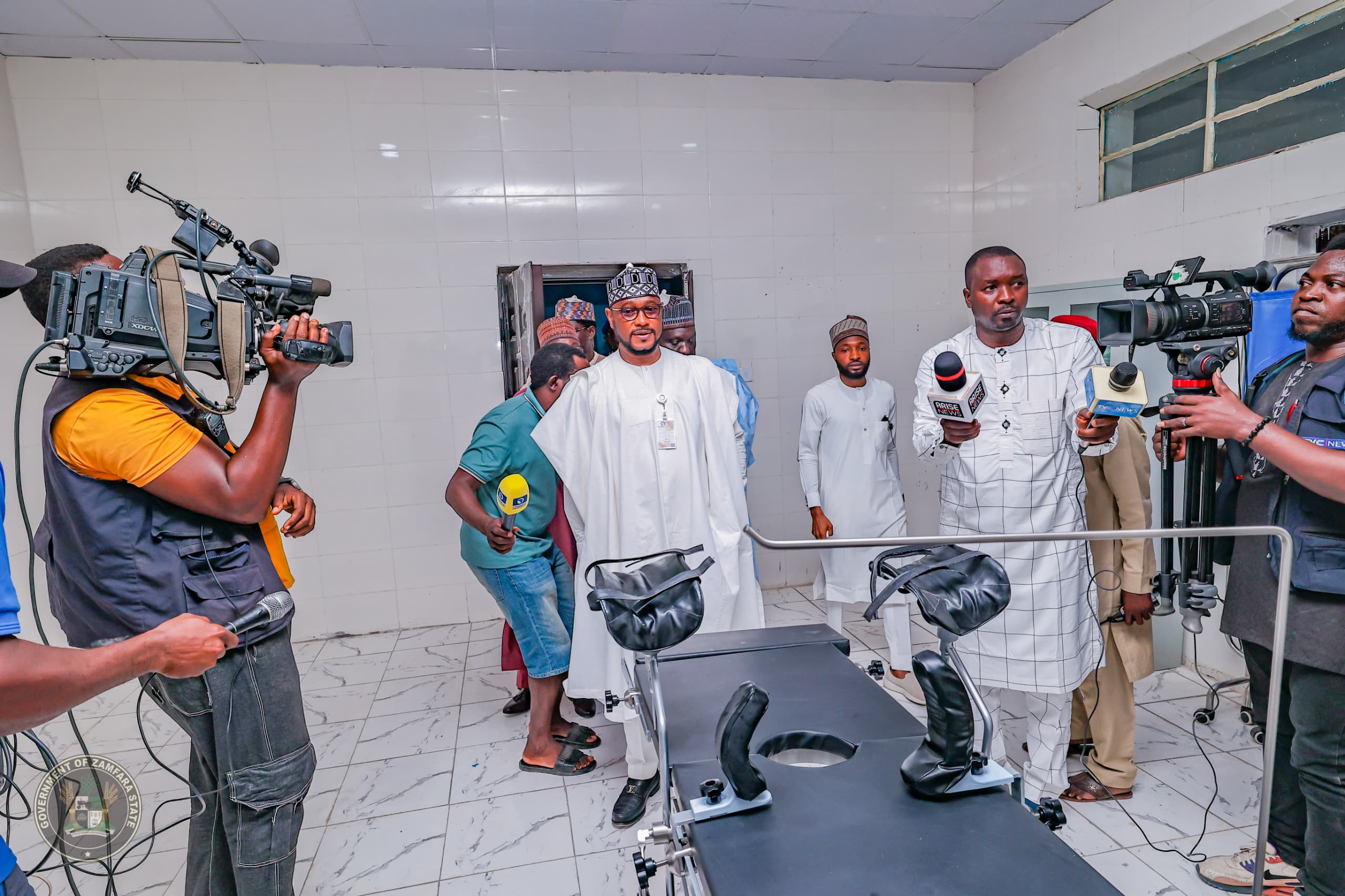
Communities were battling a glaring absence of basic services, and our findings painted a picture of a government out of touch with the real needs of its people.
Fast forward to 2025, and the story has taken a remarkable turn. Returning to Zamfara to reassess its developmental trajectory under the leadership of Governor Dauda Lawal, I was met with an unexpected yet inspiring reality.

In just over a year in office, Governor Dauda Lawal of Zamfara State has begun to change the narrative of a state long synonymous with insecurity, economic hardship, and infrastructural decay. Through strategic investments in key sectors such as road infrastructure, education, healthcare, and security, the administration has been praised for what many describe as a “quiet revolution” in governance.
This special report draws insight from residents across Zamfara who have witnessed the transformation and provided candid testimonials on how Lawal’s projects are impacting their lives.
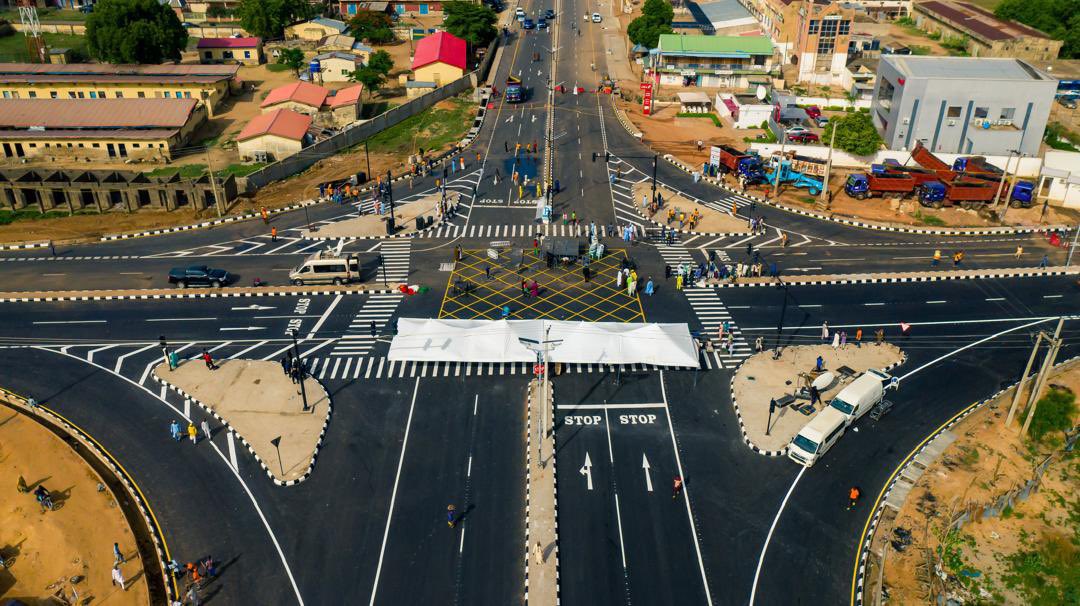
Governor Lawal launched an aggressive road rehabilitation and construction programme, targeting previously neglected rural routes and dilapidated urban roads. The completion of the Gusau–Dansadau road, long considered a death trap due to banditry and neglect, has not only restored mobility but also revived commerce.
“We used to spend over six hours to reach Dansadau from Gusau, and many feared the route. Today, it takes less than two hours, and the military patrols are effective,” said Abubakar Danjuma, a commercial driver in Gusau. Similarly, construction work on the Kaura Namoda–Birnin Magaji road and Shinkafi–Moriki axis has opened access to agrarian communities, boosting food supply chains and reducing travel time. He is not just patching roads; he is building them to last,” noted Hajiya Lami Bakura, a rice farmer in Shinkafi.
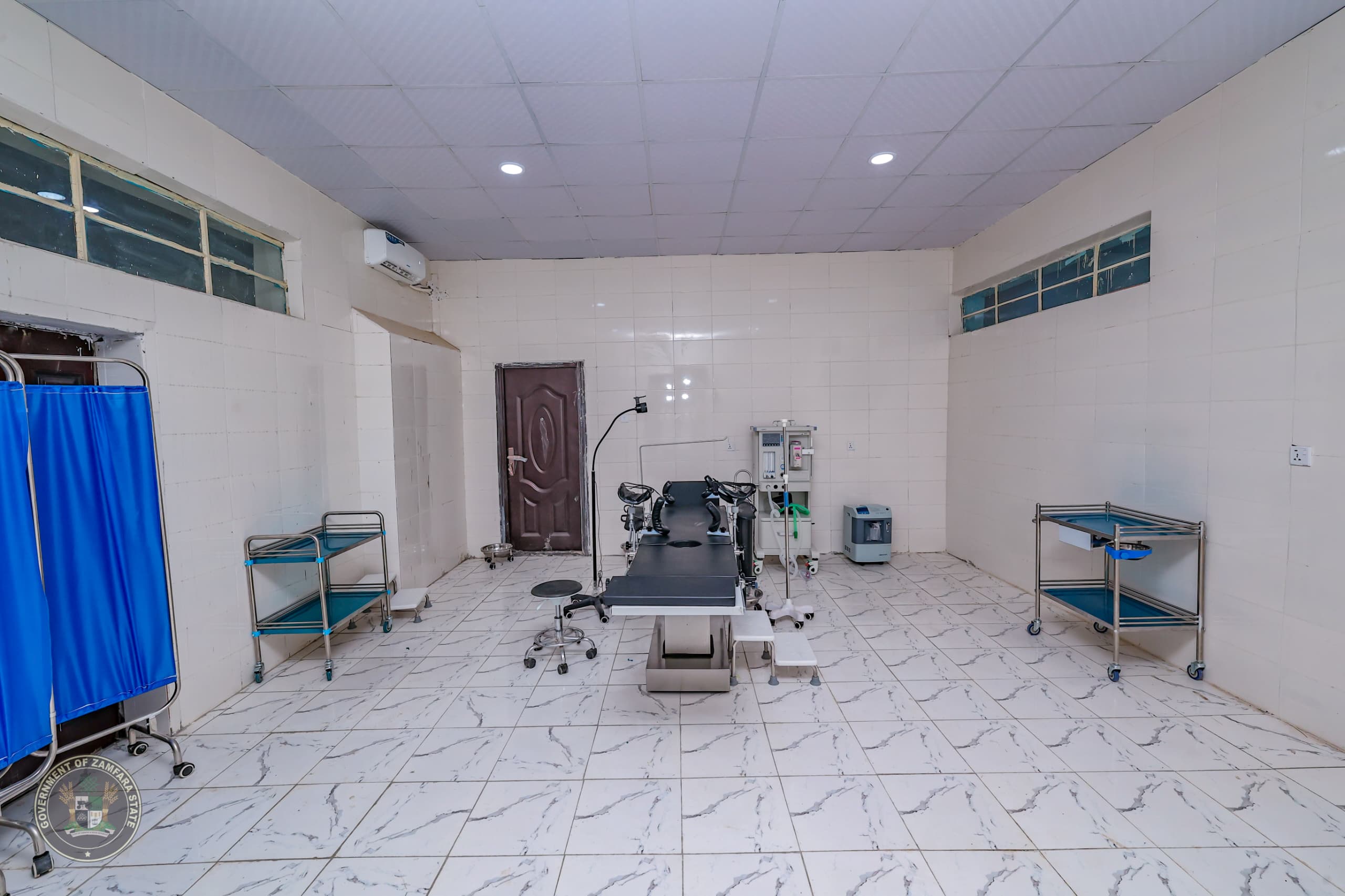
Lawal inherited non-functional general hospitals and poorly equipped primary health centres. His administration has renovated and re-equipped over 100 Primary Health Care (PHC) centres and revamped general hospitals in Gusau, Talata Mafara, and Kaura Namoda. He also initiated the “Zamfara Medical Support Programme”, which provides free maternal and child health services in rural areas.
“The Talata Mafara General Hospital now has oxygen concentrators, ultrasound machines, and qualified personnel. We no longer have to travel to Sokoto for diagnosis,” said Dr. Kabiru Ismail, a medical officer in the area.

Three years ago, I lost my sister during childbirth because there was no doctor. Today, that has changed,” said Fatima Abdulazeez, a mother of two in Bungudu. To combat Zamfara’s high out-of-school rate, Governor Lawal declared a state of emergency on education, enrolling over 100,000 children back into schools through community sensitisation and infrastructure expansion.

He launched the Zamfara Basic Education Renewal Initiative, under which over 300 classrooms were built or rehabilitated and equipped with modern learning materials. Teachers are also being trained and paid promptly for the first time in years. We now have chalk, chairs, books and respect. Teaching is becoming honourable again,” said Aminu Maishanu, a teacher at Government Primary School, Anka.
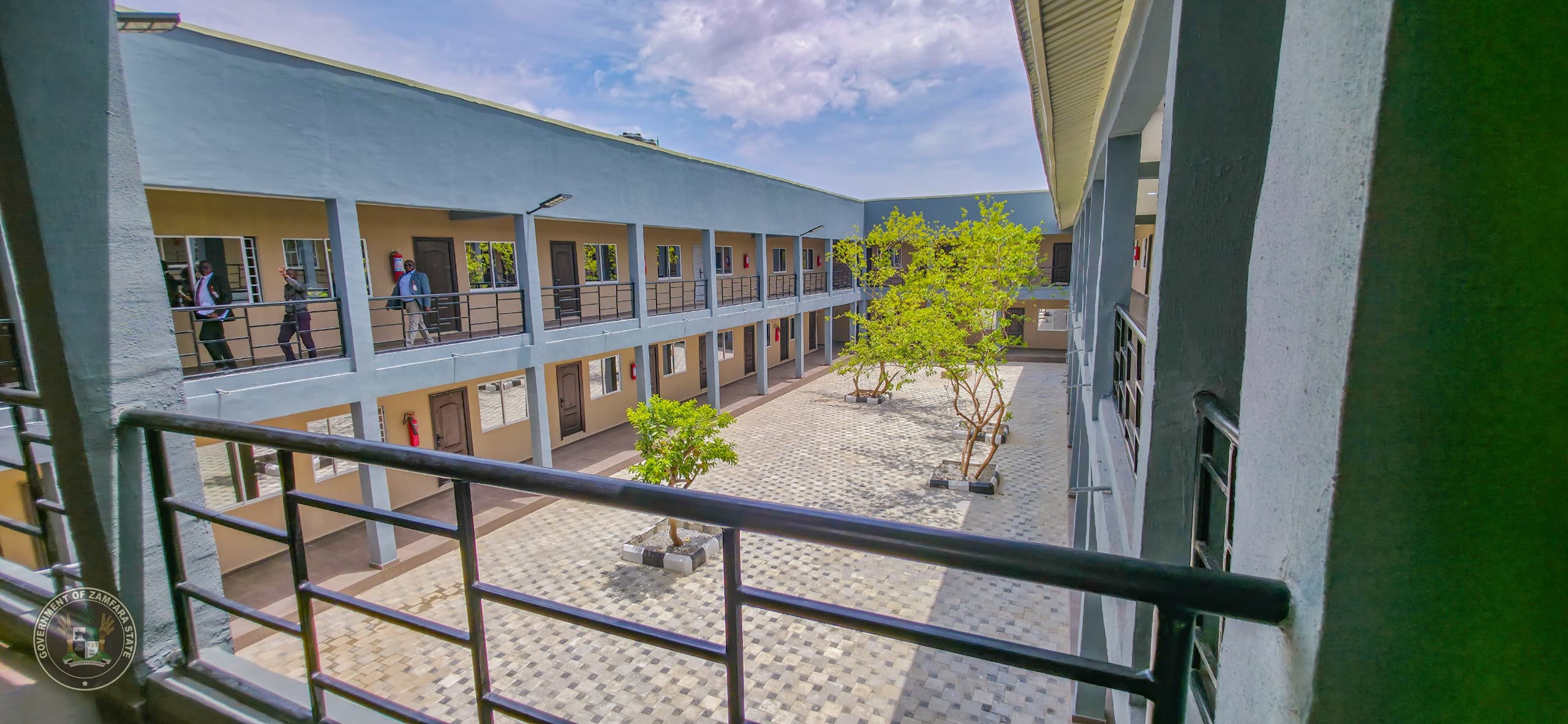
In higher education, the governor ensured that the State University in Talata Mafara reopened fully after years of neglect, and introduced new courses aligned with agriculture, mining, and ICT.
While military operations continue against bandits, Lawal’s administration adopted a hybrid security model: boosting logistics for federal troops while investing in non-kinetic approaches, such as community peace dialogues, intelligence gathering, and rehabilitation of repentant bandits. He created the Zamfara Security Coordination Centre, a fusion of civilian joint task force intelligence, local vigilantes, and security forces.
“We now have a governor who works with security agencies, not against them. That alone has reduced our response time to incidents,” said DSP Mohammed Shehu, a police officer in Maru LGA. The dialogue with traditional rulers and Fulani leaders has brought relative peace to Zurmi axis,” added Sarkin Fulanin Zurmi, Alhaji Bello Idris.

The administration drilled over 700 boreholes, including solar-powered systems, in drought-prone communities. Several abandoned water treatment plants in Kaura Namoda and Gummi were rehabilitated, restoring piped water supply for the first time in years. We now drink clean water without walking 5 km. Our children are healthier,” said Malam Yusuf Garba, a community leader in Maradun.

Through the Zamfara Youth Rebirth Programme, over 5,000 youths were trained in ICT, agribusiness, and small-scale manufacturing. The government also supported cooperative-based loans for smallholder farmers and traders.
“I started a poultry business with the grant I received. For the first time, I see a future in Zamfara,” said Hadiza Ibrahim, a 23-year-old graduate in Tsafe.

Governor Lawal digitized the payroll system, cutting off over 2,000 ghost workers, and instituted a citizens’ budget portal to allow public tracking of expenditures. The monthly briefing by commissioners has created a culture of accountability.
We now get salaries on time and without deductions. The days of illegal promotions and salary fraud are over,” said Isa Shinkafi, a senior civil servant.

In just two years, Governor Dauda Lawal has demonstrated that good governance is possible even in fragile environments like Zamfara. His people-centric approach, prioritization of infrastructure, security, and education, as well as his commitment to transparency, has rekindled hope among a population battered by years of crisis. While challenges remain, many believe Zamfara is finally on a path of recovery.
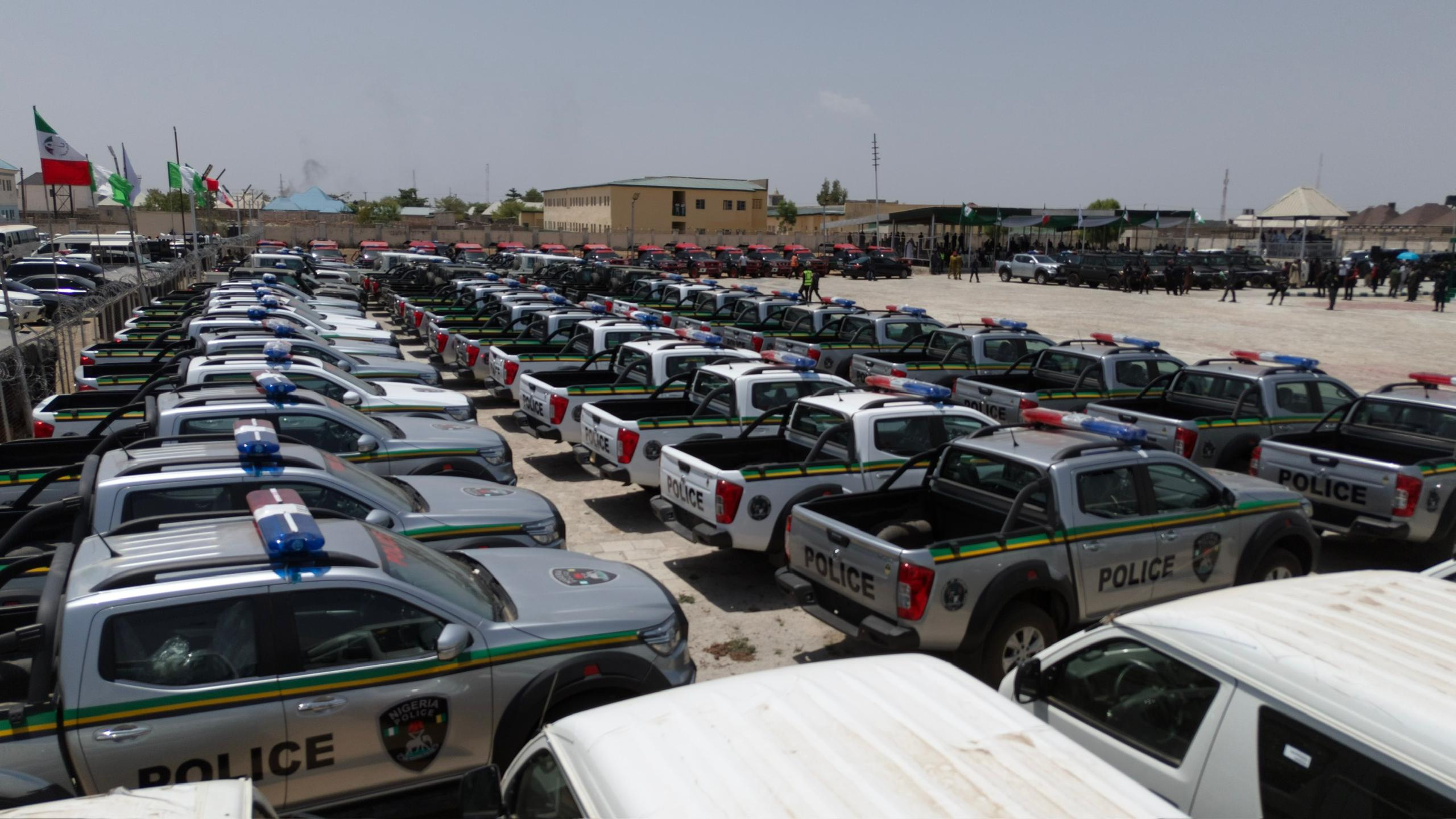
“For the first time, we have a governor who doesn’t sleep when his people are suffering,” said Imam Salihu Ibrahim, a cleric in Gusau.
By integrating infrastructural excellence with strategic reforms, Governor Lawal has defined a new template for subnational leadership in Nigeria, one rooted in vision, driven by service, and committed to transformation.
*Chidi Omeje is a Senior Editor at Zagazola Media Network


